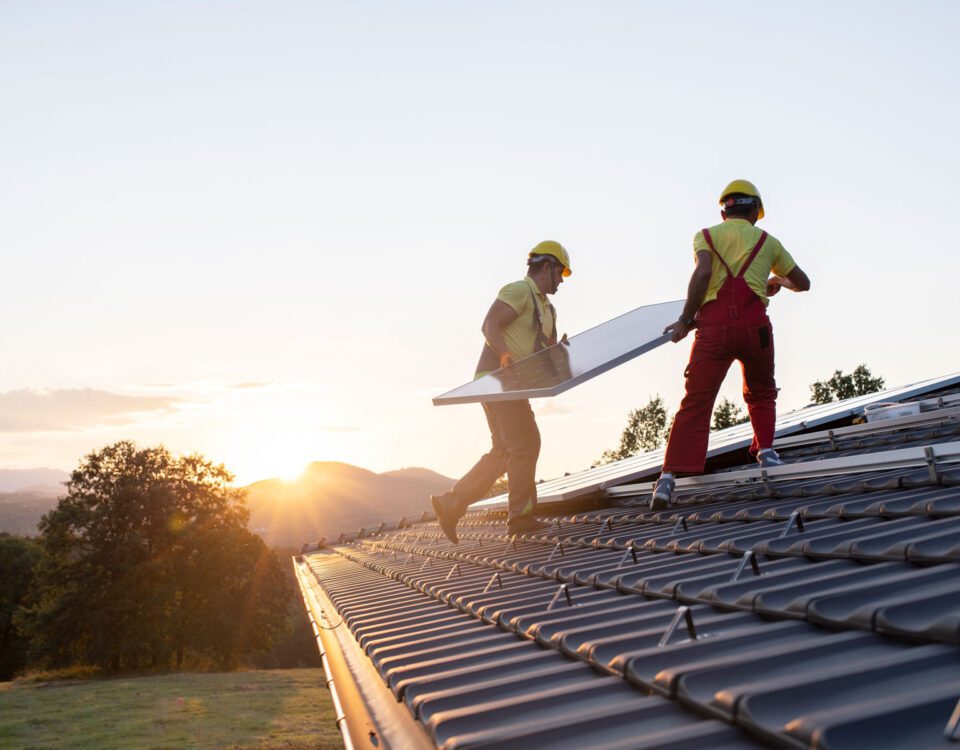Vertical Farming – A Tool in the Sustainable Arsenal

Exponential global population growth has been the catalyst for innovation in agriculture practices. The need to feed a rapidly expanding society has led to the modernisation of the farming industry. Cutting-edge technology and revolutionary new methods have paved the way for substantially improved yields and a more interconnected global network has provided the basis for smoother international supply. By 2030 however, world population is projected to grow by a further 33%, increasing to 9.9 billion by 2050. With a predicted carrying capacity of between 9 to 10 billion people, the planet draws closer to a point where it can no longer produce sufficient natural resources to sustain all-natural life. Global land management will ultimately play a crucial role in our ability to feed future populations.
Vertical farming offers a solution. This involves the indoor cultivation of produce traditionally grown on arable farmland. Using environmentally controlled facilities, vegetation is grown on a series of vertical shelves. In the absence of soil, plant roots are exposed to nutrient rich water through an automatic recirculating system known as hydroponics. The method allows a greater uptake of nutrients, enhancing the overall yield of the crop. Combined with the stacking system, 1 acre of vertical farming can produce the equivalent production as 30 acres of traditional farmland. The process offers a far less land intensive method, with facilities allowing high demand produce to be grown year round, safe from extreme weather conditions that frequently hinder arable farming practices. Additionally, Pesticides and herbicides are generally abandoned and replaced with ladybirds and other targeted biological controls.
The benefits of vertical farming have already been realised by a handful of European countries. Most notably, The Netherlands have utilised this process in their agriculture practices for generations. Whilst ranked 31st in the EU for total land mass (Km2), they are the 2nd largest exporter of foods in Europe. They offer the perfect example of successful scaling up of vertical farming.
Evidence suggests that their implementation can have profound effects on more than just food production. Current intensive agriculture techniques are fossil fuel intensive. It is estimated that arable and livestock farming account for 10% of total UK emissions. Vertical farming on the other hand emits very few green house gases and represents part of the solution to mitigating growing concerns over climate warming and food supply.
There is no doubt that traditional agriculture must continue to be source of food production and countryside stewardship. Locally sourced low intensity food grown on well managed land are an essential part of historic human development. The current swing to more sustainable practices such as regenerative farming, shallow tilling, multi-planting, reduced reliance on chemical fertilisers and pesticides will promote carbon storage in soils, thereby contributing to stabilising climate change.
However, recognising the increase in global population density there is a need for the addition of more sustainable farming methods to supplement our supply chains without encroaching futher on land that currently supports woodland and forests, particularly in developing countries . In doing so, those areas can help in the fight to reduce warming, acting as sites of significant natural carbon. capture and provide a wealth of ecosystem biodiversity. Vertical farming industry has had increasing interest in the UK of late. Investment is growing, the announcement of 40 new vertical farms across the country adds to their rising number. Vertical farming may represent part of the solution needed in a time of continual population growth and ecological instability.



